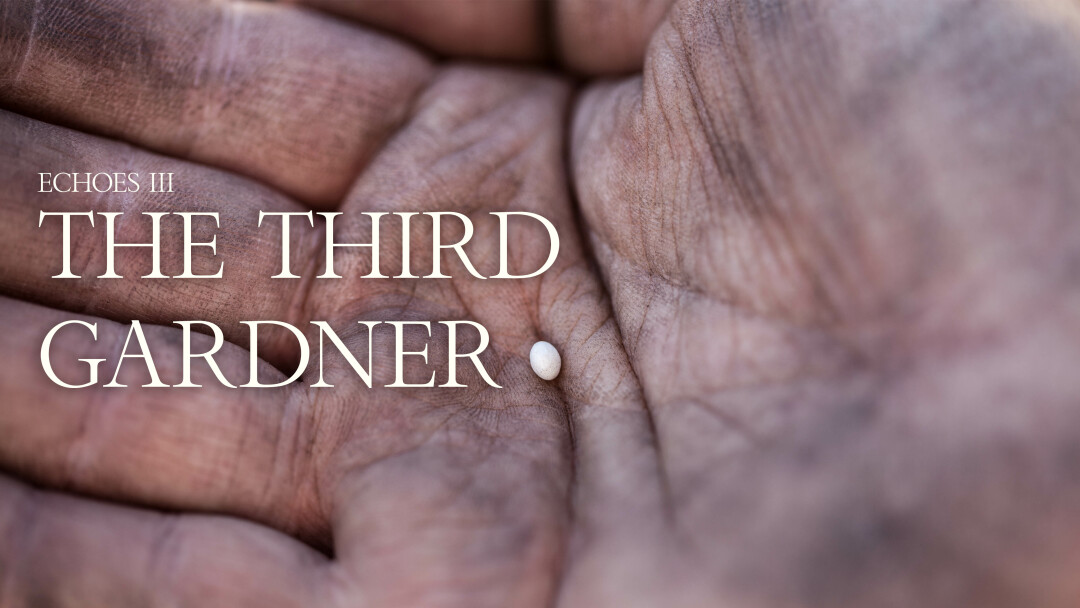
I’ve never been a particularly mechanically inclined man. Every so often, my car would break down in college, and my neighbor would offer to show me how to fix it. While I was grateful for his help, all the information left my mind as soon as the engine started running. But this much I can remember, if your serpentine belt goes, then multiple parts of your engine stop working. You see, this one piece of the engine doesn’t serve just one function, depending on the make and model of your car, this belt runs the power steering, alternator, water pump, air compressor, air pump (the list goes on and on). If someone were to ask you, “What does the serpentine belt do?” And you were to respond, “It powers the air compressor” that wouldn’t be wrong, but there are more right answers than just that one. Much in the same way, the baptism of Jesus is a single event in the life of Christ, but it is doing and saying an awful lot.
In our last post, we talked about the descent of the Holy Spirit and the way this echoes the flood of Noah. But Jesus’s baptism draws us even further back into biblical history: to the creation of the world and the first man, Adam. Here’s a quick refresher on Genesis 1. In the beginning, God created the heavens and the earth, and the Spirit of God hovered over the surface of the waters. Day by day, Yahweh calls forth creation from nonbeing, until at last he plants a garden and calls it Eden. Here, He forms a man from the dust and places him in Eden. Of course, the man has work to do, he is to work and keep the garden, and he is to name the animals that live there: the first man will be a Gardner just like the God, who’s image he bears. The world that this man is given is one of abundance. Every tree, save one, is offered to him, and they are all good for food. As history would have it, however, that man fails in his task. Satan, in the form of a serpent, turns the hearts of God’s image-bearers away from the God who loves them. As the man turns against God, the creation turns against the man; yielding thorns and thistles. The garden of abundance becomes a wasteland, a wilderness, a place of weeping and gnashing of teeth and that’s how it stays for eons.
At the baptism of Jesus, Genesis 1-3 begin to repeat themselves. The world starts over. The Spirit once again hovers over the waters, and new creation, once again, springs forth in Jesus. But have you noticed what happens immediately after Christ’s baptism? Mark tells us that, “The Spirit immediately drove him out into the wilderness, and he was in the wilderness for forty days being tempted by Satan, and he was with the wild animals.” Eden happens all over again, but things are not the same.
- Adam is given a garden of beauty, but Jesus is driven into an untamed wilderness (the wreckage of what Adam has done through sin).
- Adam is given a feast and a place of abundance, but Jesus enters into a place of scarcity, fasting.
- Adam is tasked with naming the animals, but Jesus faces animals that are wild and dangerous.
It all comes to the same world defining encounter: A confrontation with Satan, and the temptation to turn from the Father. The odds are in Adam’s favor; God has given him everything: a garden, the fruit of every tree save one, and a world of flourishing. But it’s not enough, and as he bends the knee to Satan, all of creation descends with him. Now, Christ faces a similar temptation, “Again, the devil took him to a very high mountain and showed him all the kingdoms of the world and their glory. And he said to him, “All these I will give you, if you will fall down and worship me.” Eden echoes, but things are different now. Jesus is not in a garden; he is in a wasteland. He does not face Satan with a full stomach, but one that has been empty for 40 days. Christ answers Satan from thorns and thistles, not from flowers and flourishing, but he answers him all the same. “Be gone Satan...” Is it any wonder that Paul, in his letter to the Romans, will refer to Christ as a second Adam?
After the resurrection, John recounts Mary’s first encounter with the risen Lord, but she doesn’t recognize him, she thinks he’s a gardener. Maybe she’s not wrong: in the beginning, God planted a garden and gave it to Adam to work and keep, but he failed and brought thorns and thistles. Then, in the fullness of time, God sent forth his Son to bring life to the garden of his world once more.
